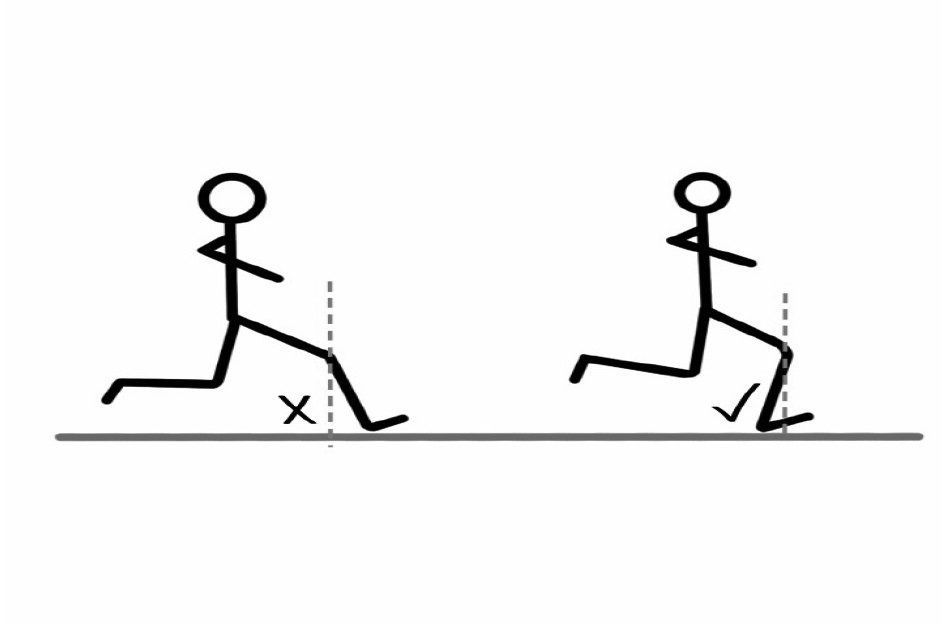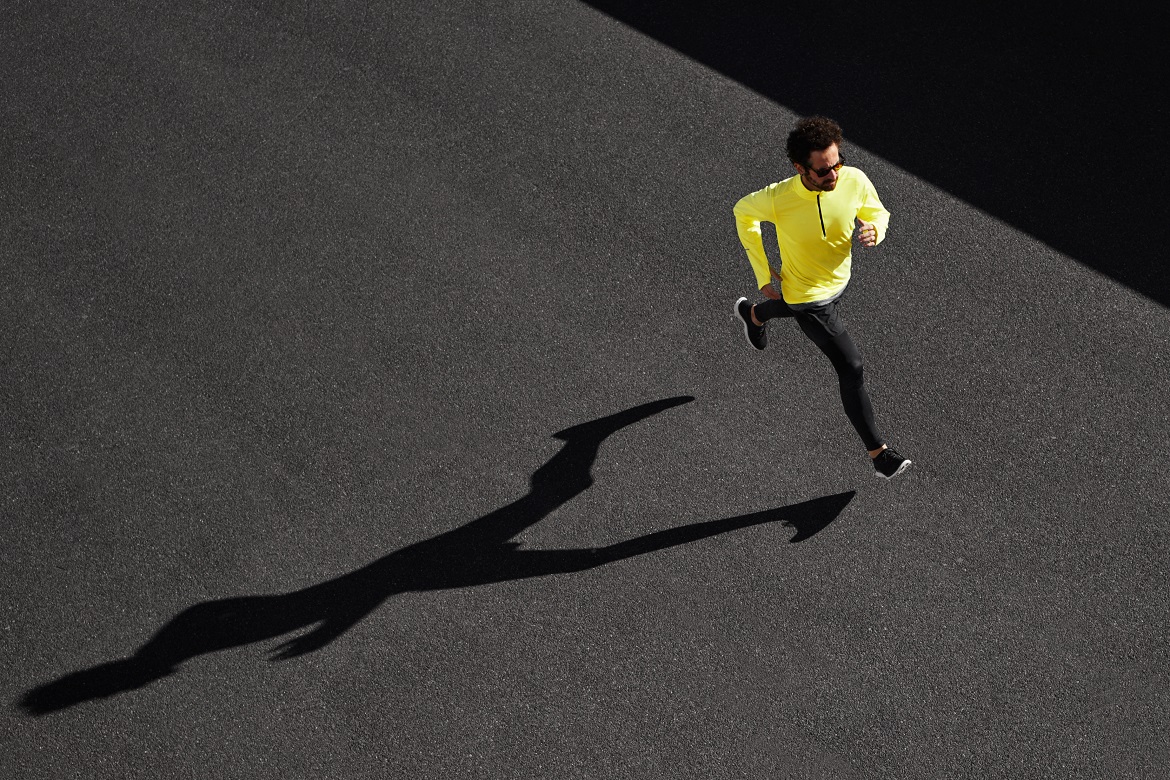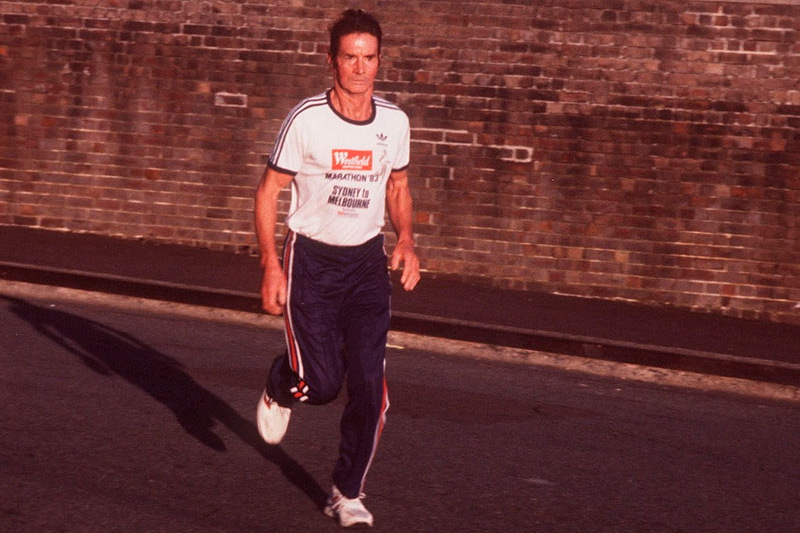Newest event partner eyes off Gold Coast Marathon presented by ASICS
The 2024 Gold Coast Marathon presented by ASICS has welcomed 2nu Vision as an event partner of what is shaping up to be a record year for the July 6-7 event.

Overstriding occurs when a runner places their foot in front of their knee at the point of contact with the ground. When the leg is in such an extended or straightened position, the runner’s heel will be the first point of contact, increasing loading on the runner’s legs and body and also slowing the runner down.
Runners may overstride for a number of reasons, including misconceiving that elite runners take enormously long strides or thinking that the heel cushioning in running shoes is to act as the first point of contact. Regardless, overstriding can lead to injury – around 75% of injured runners who visit my practice for treatment have been affected by overstriding.
You can reduce your chance of obtaining an overstriding-related injury by increasing your cadence.
Here are five tips on how to do this:

Count for one minute of every five minutes of running, irrespective of the distance of your training run. The ideal cadence is 90 foot strikes per minute per foot. You can do this by either counting manually or using a Garmin wearable, Foot Pod or Running Dynamics Pod to count for you.
Make counting your cadence a habit on every run. Irrespective of whether you are running slow, fast, on a track, on the road, on trails, a long run, or a short run, just count! Consistent counting and habit formation is the key.
The table below is an easy-to-use reference guide to interpreting your turnover rate count:
| Single foot strikes/min | 90 foot strikes/min | <90 foot strikes/min | >90 foot strikes/min |
| Interpretation |
|
|
|

Change won’t happen overnight but keep at it. You will begin to experience the rewards of running with a faster cadence within two to four weeks of adjusting. While a full correction of cadence can take up to six months, the majority of runners make significant changes within three months. It’s important to note that the longer a runner has run with a cadence which is too slow, i.e. less than 90 foot strikes per minute per foot, the longer it will take to reverse the technique fault so patience is the key.

The aim is to run at a cadence of 90 steps per minute per foot for the entire duration of each run. This is especially important at the end of the run when fatigue kicks in. As a runner fatigues, they often resort to taking bigger loping strides as opposed to the more economical shorter strides. At this point of fatigue, the drop in cadence will typically correlate directly with a drop in speed and economy and an increase in the risk of injury.

If you’re familiar with the Cliff Young story, think of the famed ‘Cliff Young shuffle’. By not overstriding, Cliff Young modelled exceptional efficiency in claiming victory in the inaugural 1983 Sydney to Melbourne ultra-marathon. Cliff covered the distance of 875 kilometres as a 61 year old in five days, five hours and fifteen minutes. He certainly did not achieve this extraordinary result by overstriding. If you’re not familiar with Cliff Young but are curious (and I hope you are) do an online search using the term ‘Cliff Young shuffle’. It’s a heartwarming story of sporting triumph.

Initially, trying to increase your cadence can sometimes feel less efficient and like you are taking on extra work. Don’t worry, these feelings are only temporary and will disappear. If you have identified that you are an overstriding runner and you wish to run faster and with less injury risk, you really have no alternative but to increase your cadence to 90 steps per minute per foot. If you stick to the plan for as long as it takes and achieve this, you will reap the rewards of running faster with a far reduced risk of injury. Once you have corrected your cadence and ceased overstriding, you will never look back (particularly in a race – there will be no need!).

Brad is the founder of Gold Coast based physiotherapy group POGO Physio, author of Amazon.com best selling book ‘You CAN Run Pain Free! A Physio’s 5 Steps to Enjoying Injury Free and Faster Running’ and is a regular participant at the Gold Coast Airport Marathon.
Stay in touch with Brad
RUNNERS. TAG YOUR PHOTOS WITH #GCM24